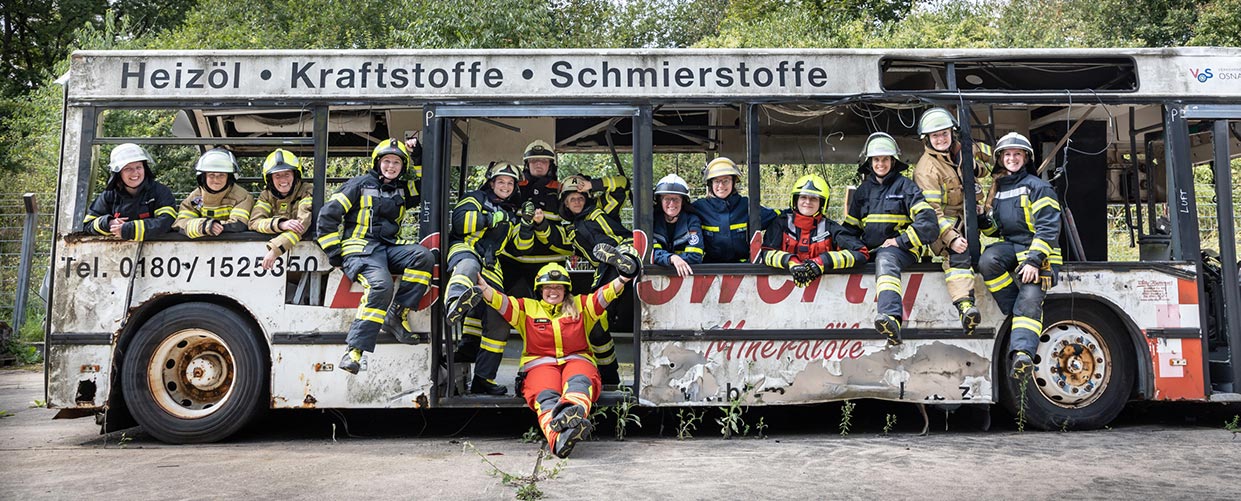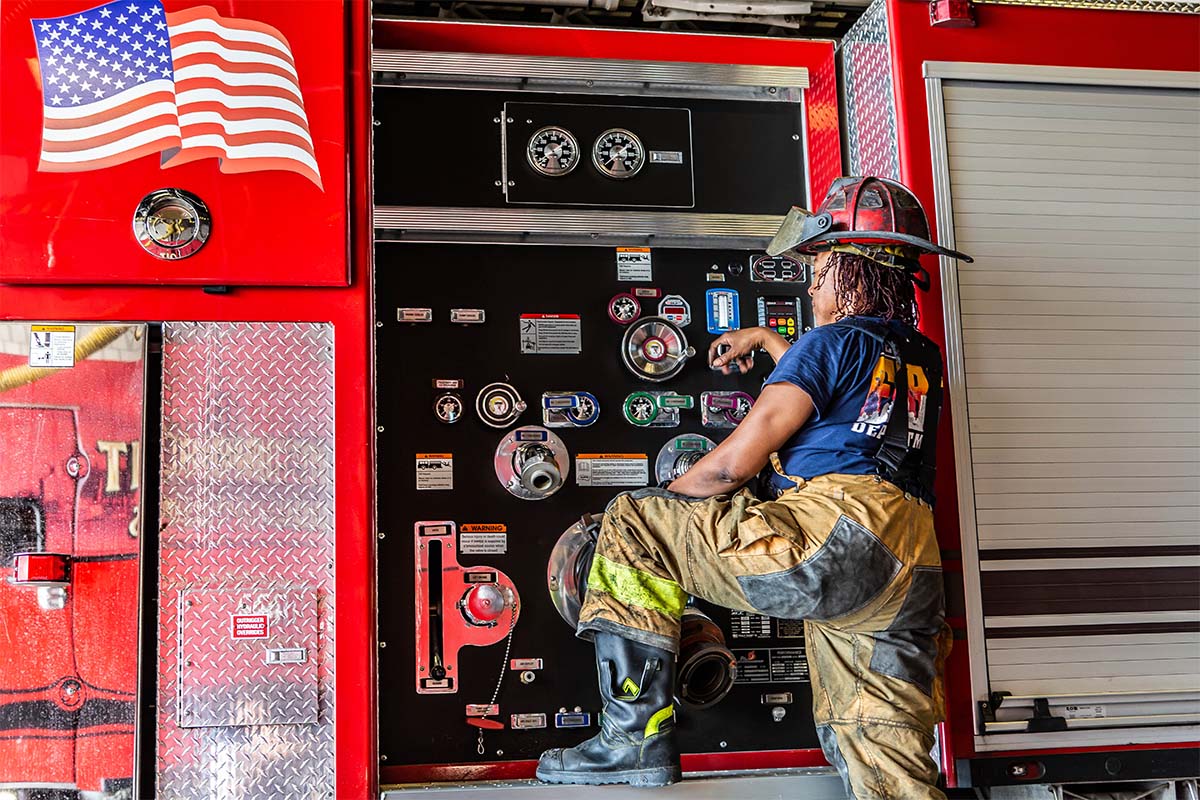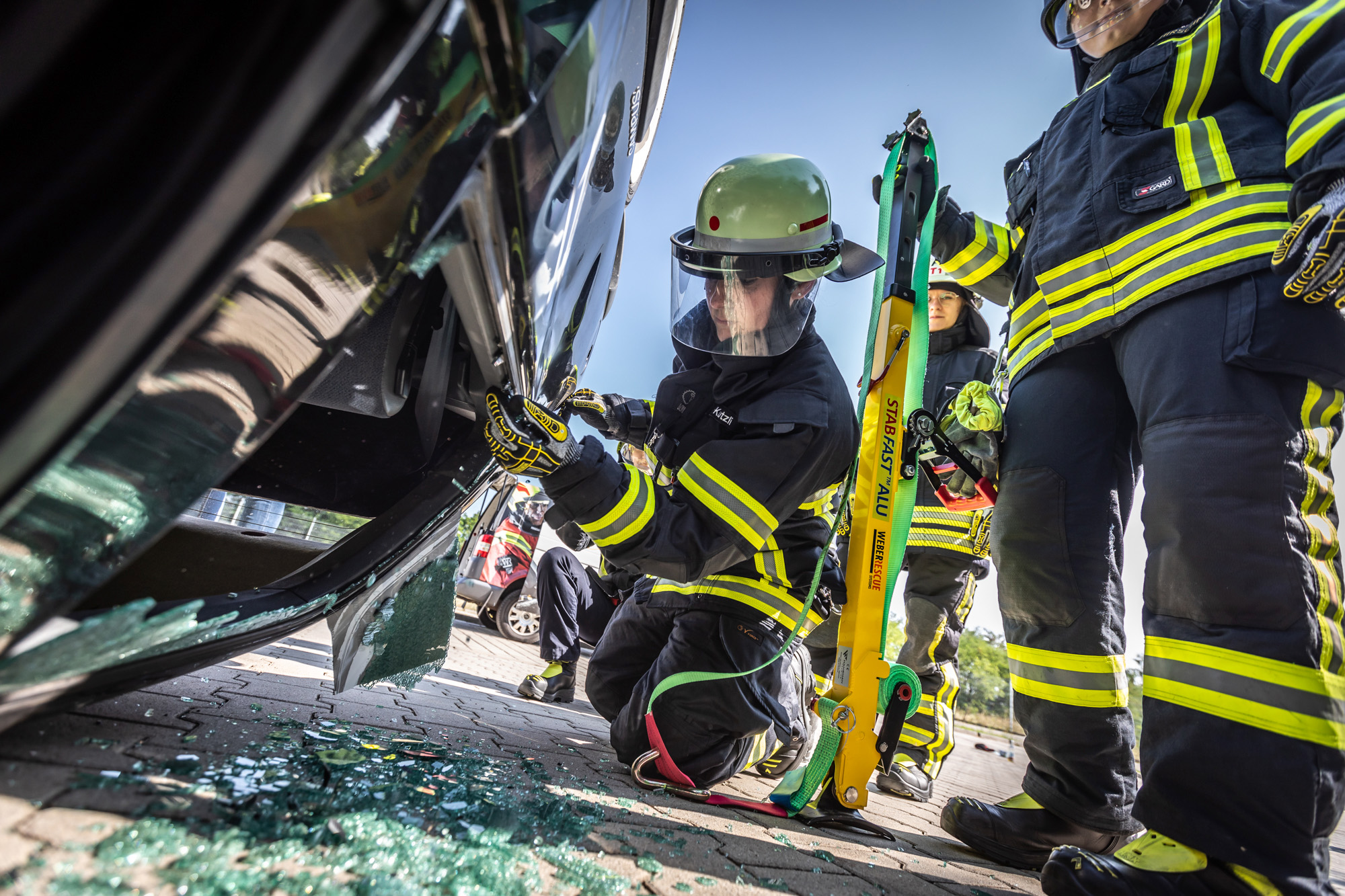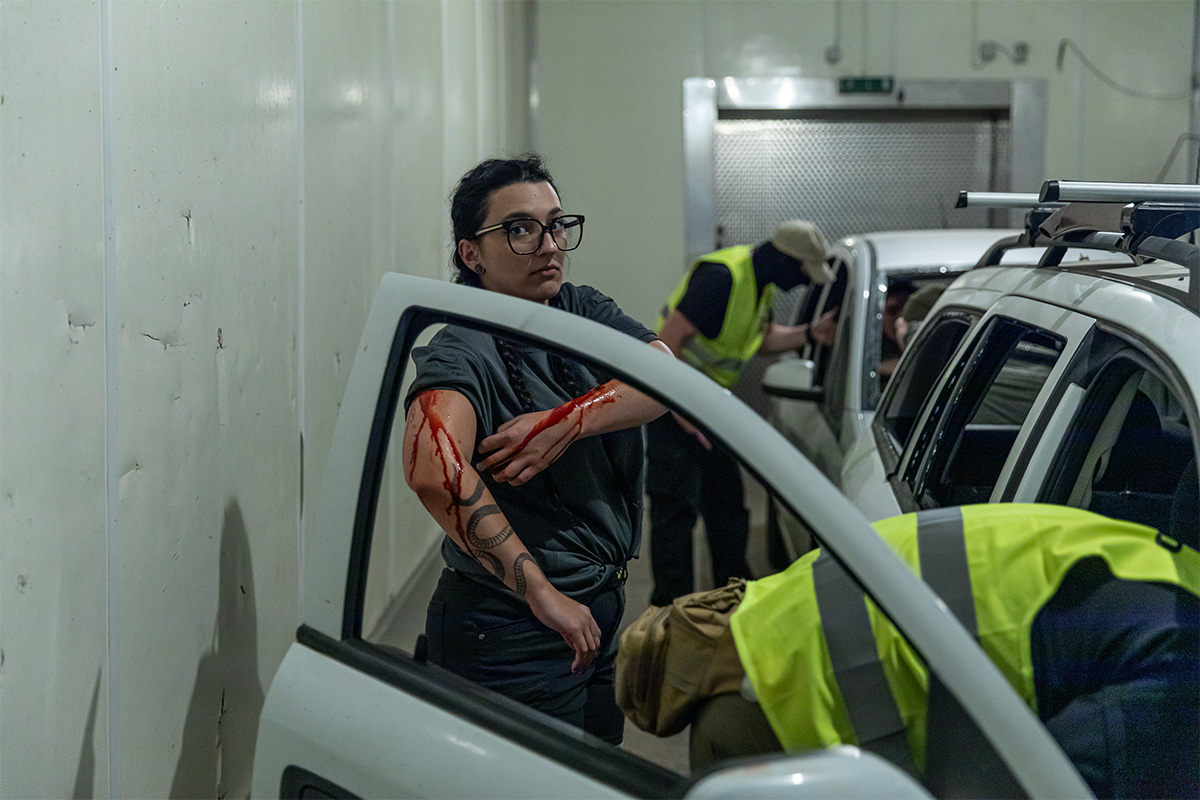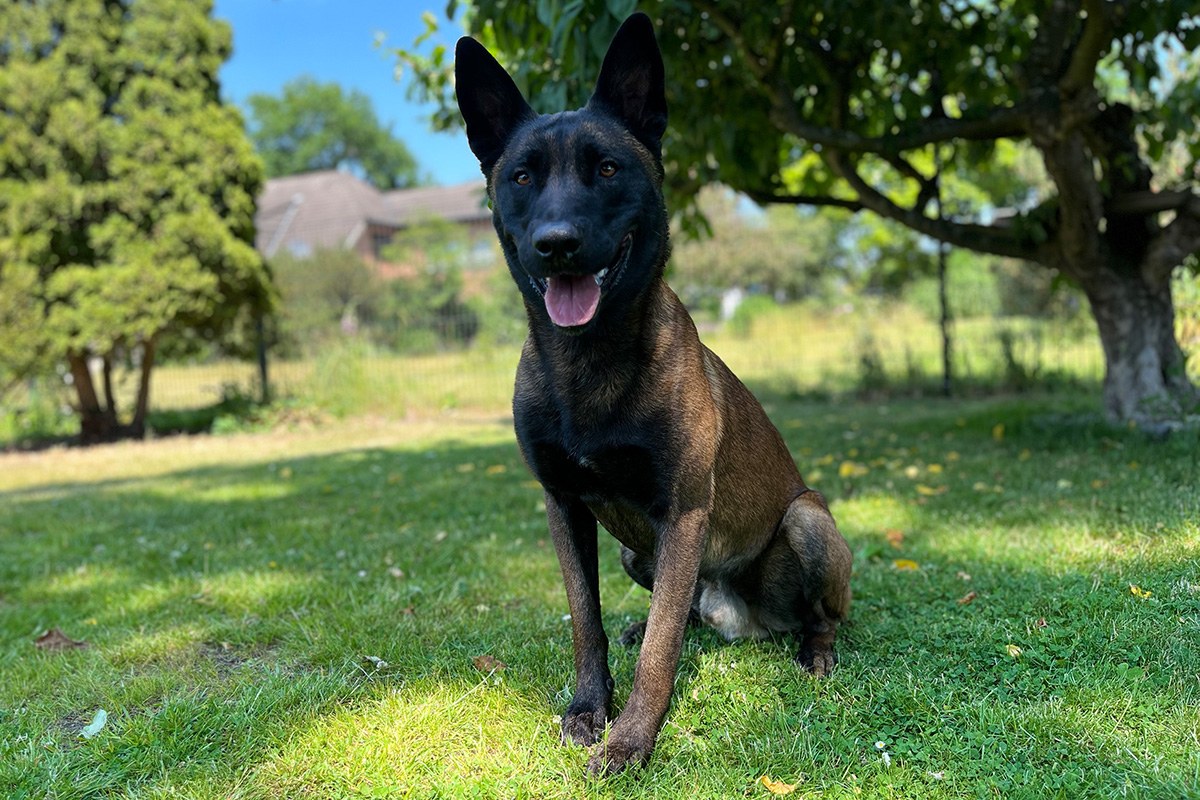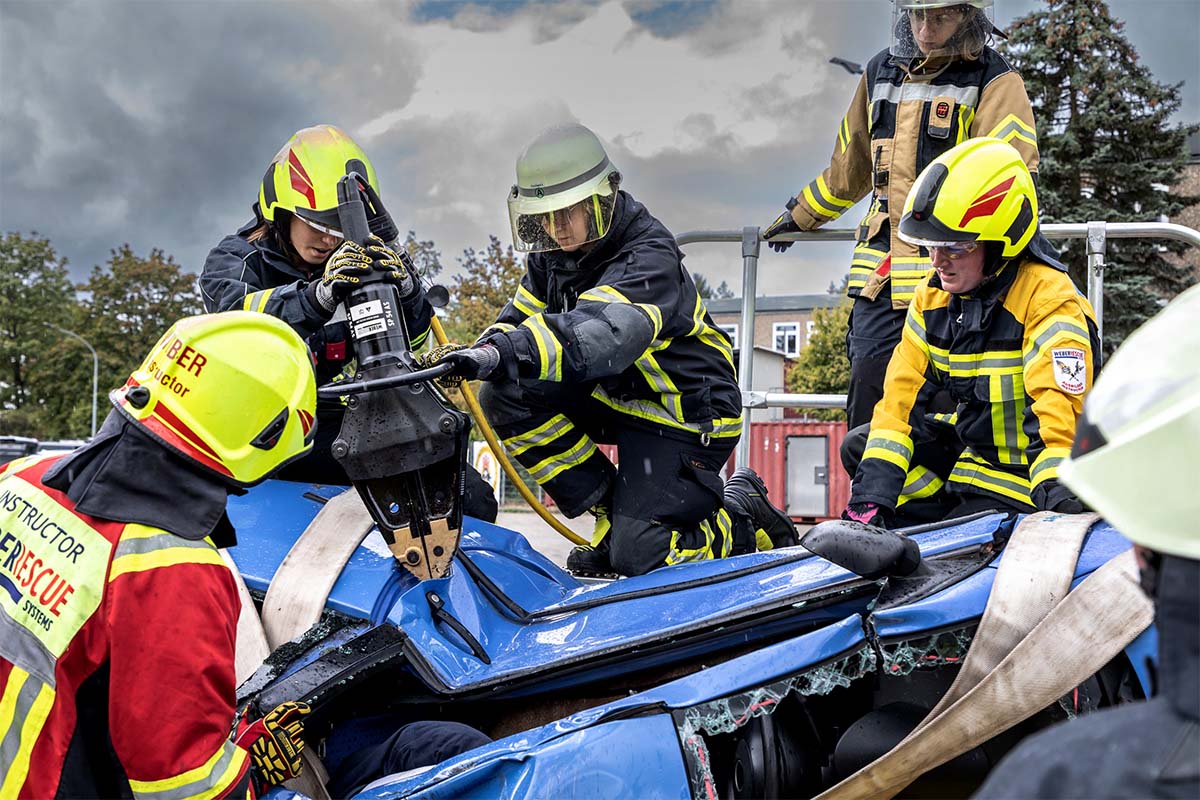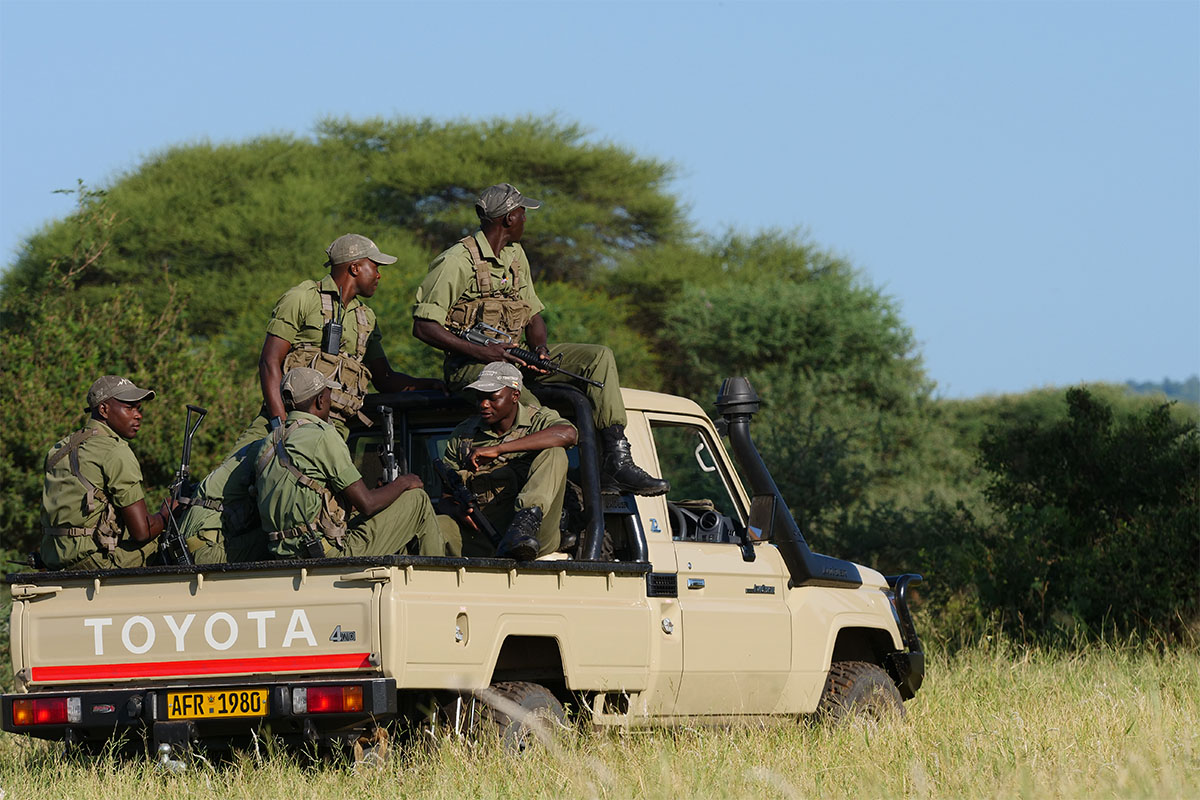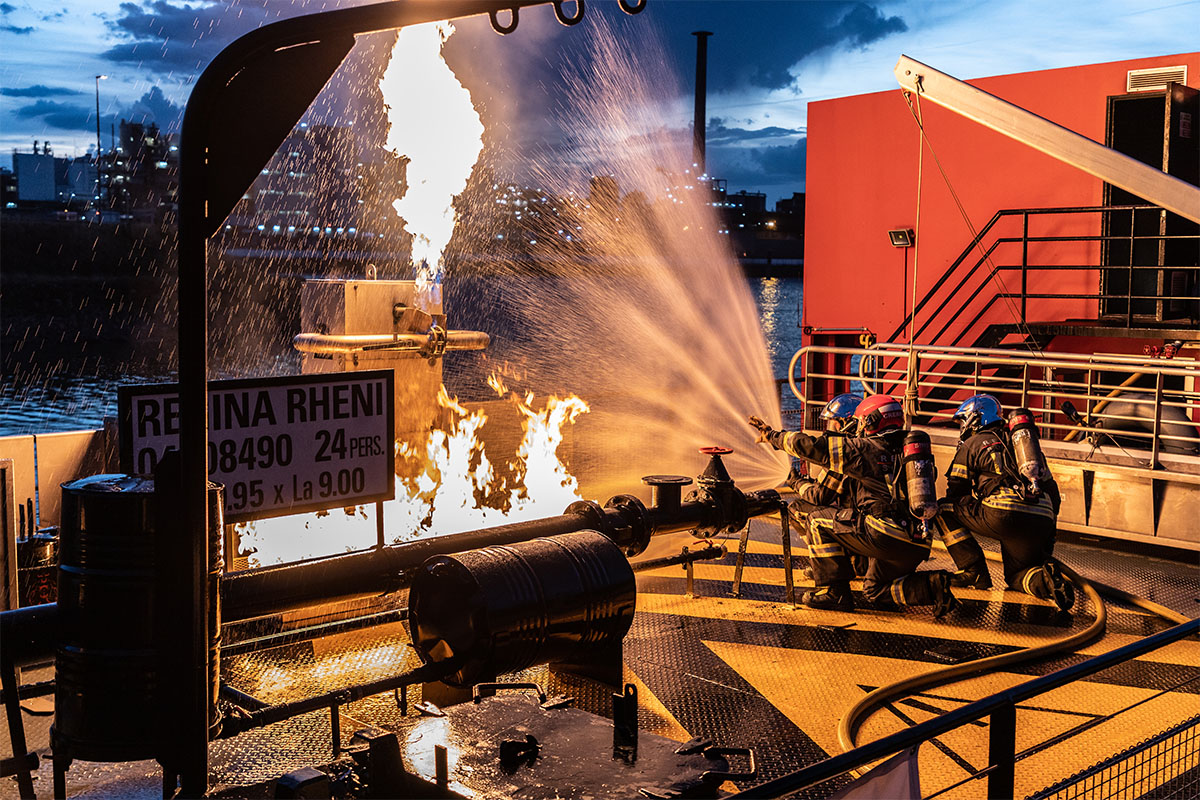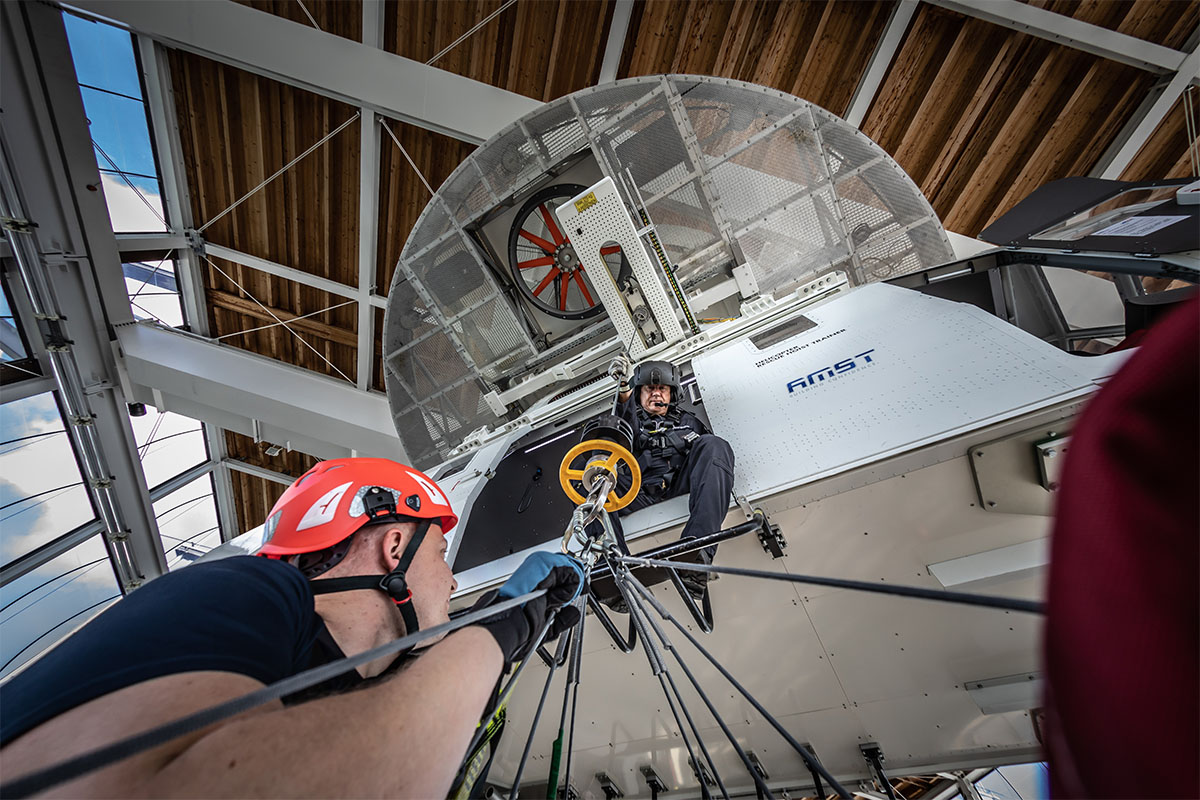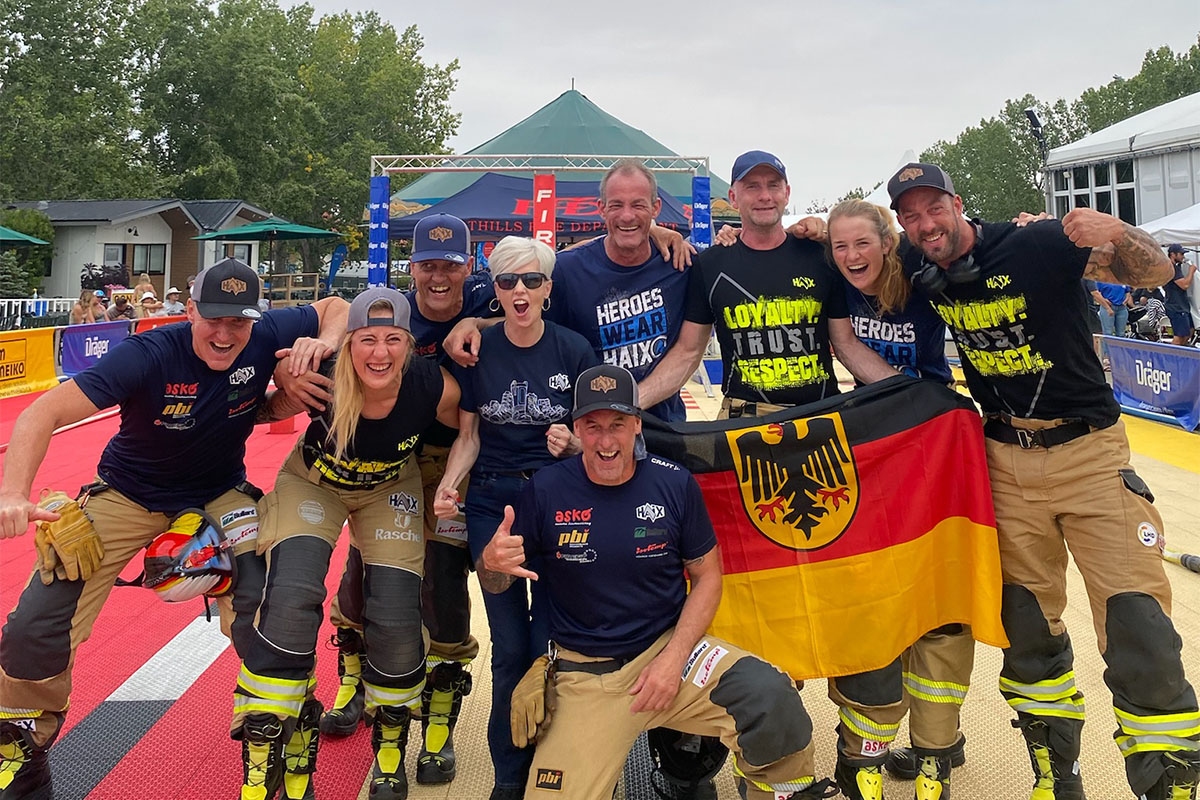Cutting victims free, improvising rescue techniques and prizing metal apart, try out various plans before ripping these up and starting all over again. 14 female firefighters and Technical Relief Agency workers from all over Germany are spending the weekend at the Training Center of the Osnabrück Fire Brigade to learn all about the finer points of road traffic accident rescue.
The group of women which has come together is a diverse one. There are members of volunteer village fire brigades, professional firefighters, a police officer, an emergency doctor and other participants with experience in ambulance and rescue services. Omneya, who is both a firefighter and a nurse, finds that she has plenty of new ideas to take away with her. “The variety of the participants and their differing levels of experience across a range of emergency services were really enriching. Everyone had the chance to learn from everyone else.”
Theresa, a firefighter from a small village and an active member of the German Technical Relief Agency (THW), related one particular example. “In the THW, we mainly use shears and metal spreaders to move and separate loads. Using this equipment to help people trapped after a road traffic accident was a completely new angle for me.” Theresa also picked up a practical tip which will help her in her deployment of cutters and metal spreaders in her everyday work with the THW. “The easiest thing to do is to hold your rescue equipment like a baby. This spreads the weight over the entire arm.”
There was a further new perspective with which everybody was able to become familiar. The situation faced by the occupants of the vehicle. We know about the tasks performed by the rescue workers, but what about the patients? Hopefully, very few of us will have gone through this ourselves. One of the participants played the role of the victim in each scenario, something which the women found invaluable in terms of gaining practical experience of what it is like to be “on the other side”.
A change of plan
Jessi, a police officer and group leader on the course, had one challenge which she was particularly keen to face up to. “What do I do if my first plan doesn’t work? When operational reality dictates that I have to keep adjusting my tactics to adjust to a new situation?” The VFDU trainers were able deliver in this regard. Once the Mini Cooper had been securely supported from below and stabilized, the obvious approach was to effect a rescue via the trunk and back seat. The driver’s side of the vehicle was also very difficult to access because of the presence of a one-meter high fence at the location. But what if it is not possible to shift the back seat even by a single centimeter?
The trainers present the group leader with a fresh demand. „Make a new plan!” So access is sought via the passenger side. But this small car still does not offer enough space to get the patient onto a spine board. So the female firefighters turn their attention to the so-called “third door”. The aim here is use the spreader to compact, destabilize and bend the metal over the wheel case on the passenger side. This sounds like a good idea, but the material of which the Mini is made presents too much of a problem. The next plan is to exploit this stability to cut open the roof and fold it back to the side. This Plan D finally enables the patient to be freed from the vehicle. Such a rescue operation will probably not have set any speed records. But the training objective of including as many changes of plan as possible has been achieved.
